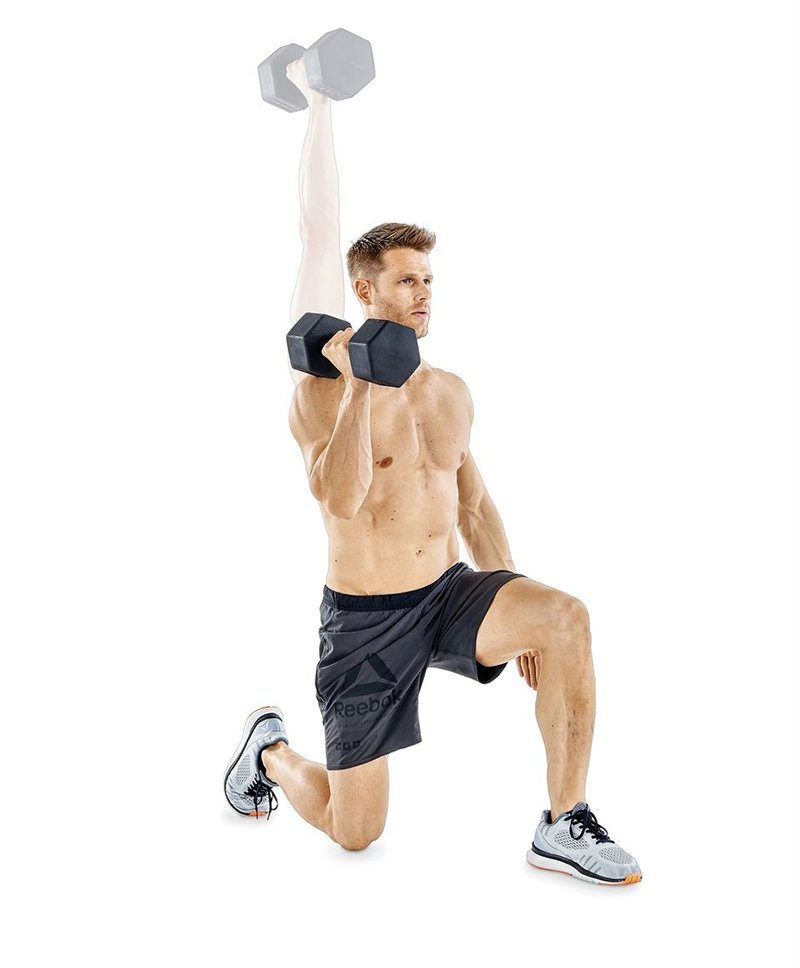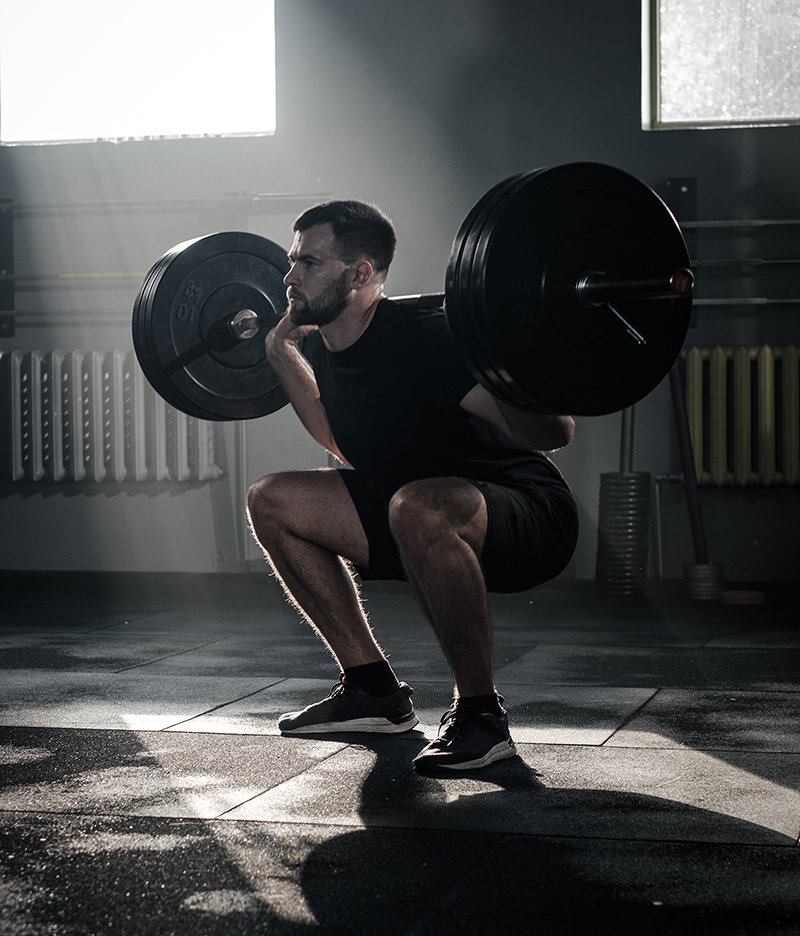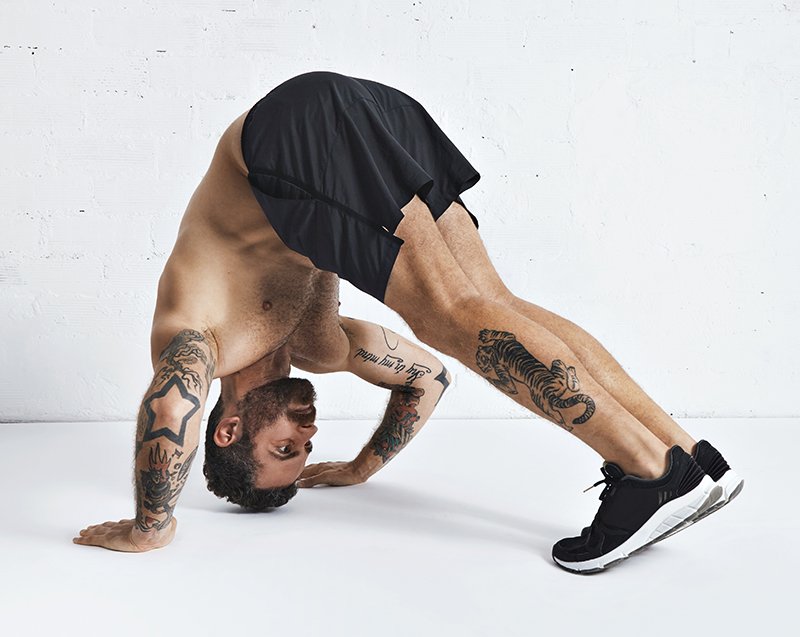From Improving Stability, And Lowering The Risk Of Injury To Giving Your Top Half Some Extra Definition, Shoulder Exercises Should Be A Central Part Of Your Routine. We’ve Got You A Routine To Keep An Eye For To Build Maximal Strength. Brace Yourselves!
If you’re looking to quickly bring some athletic definition to your life, you can’t go far wrong with dusting off the barbell and jumping on some shoulder exercises. From the wideset lines to the svelte strength, stardust shoulders come in many shapes and sizes – but are always noticeable.
It’s not just about looking a bit more like your favourite Marvel superhero. However, giving your shoulders the workout they deserve also means important benefits for you and your body, both on the gym floor and in everyday life. From working out your deltoids to building up some boulder shoulders, we’ve become your experts for switching up your game and making sure you never again give shoulder exercises the cold… Nevermind, just dive in!
1. PUSH PRESS (BARBELL)

To start your shoulder session, perform 6 sets of push press. In this exercise there are slight use of your legs and hips as well as the upper body allowing you to maximally put heavy loads above your head. This is therefore great for power development, building overall loading volume and athletic potential.
Stand with feet shoulder-width apart and grip the bar with your fingertips, elbows facing forward. Rest the bar on the front of your shoulders and drop down into a shallow squat, centring your weight under the barbell. Press up through your heels and drive the bar directly above your head until your elbows are locked. Then, control the bar back down to the starting position, using your knees to cushion, if you are working with heavier weights.
2. SINGLE-ARM HALF-KNEELING SHOULDER PRESS (DUMBBELL)

This is one of the top exercises for the shoulders which complements the first two movements beautifully and gives an added bonus of improving core and hip stability along with the other benefits associated with unilateral work.
Reach a half-kneeling position by placing one knee down directly under the hip and stepping the other foot out in front, in line with the knee (making two right angles with your knees). Grab the dumbbell with the same hand as the knee on the floor and swing it up to rest on the shoulder. Taking a big breath, brace your core and press the dumbbell in a vertical line above your head until your elbow is locked and your bicep is next to your ear. Keep your torso as tall as possible throughout the movement. And, then put down lower the dumbbell back to the starting position in a controlled manner, and perform four sets of 8-10 reps.
3. BEHIND-THE-NECK PRESS (BARBELL)

Try adding supersets into your shoulder routine, where you perform multiple exercises within one set. This is particularly good for shoulders, because of their anatomical nature work over many ranges of motion. It is just a conventional barbell press, but performed behind the head. It can be done in a seated or standing position.
To begin with, sit with the barbell across your traps. Plant your feet on the floor with your knees bent at 90 degrees. Grip the bar, hands wider than shoulder-width and palms facing forward. Then, brace your core and squeeze your shoulder blades together, keeping your elbows under the bar. Exhale and press the bar straight up, lining it up with your head. Afterwards, pause, Inhale and slowly return to the starting position. Start with one set of 12 to 15 reps.
4. PIKE SHOULDER PRESS

Start off in a press-up position. Walk your feet towards your hands as much as you can, keeping your legs straight so your bum is up high in the air. Go into a press-up, allowing the top of your head to come down to the floor. Try and keep your chin close to your chest and allow your shoulders to take all the engagement.
Once you’re done, lean forward slightly and go down, bringing your head toward the floor and then press it back up into your starting position (the pike position). Make sure that you keep your chin tucked in and try to let the crown of your head come down towards the floor, rather than looking at the floor. Beginners should do up to 5 reps; and advanced can try up to 10 (two to three rounds).



















